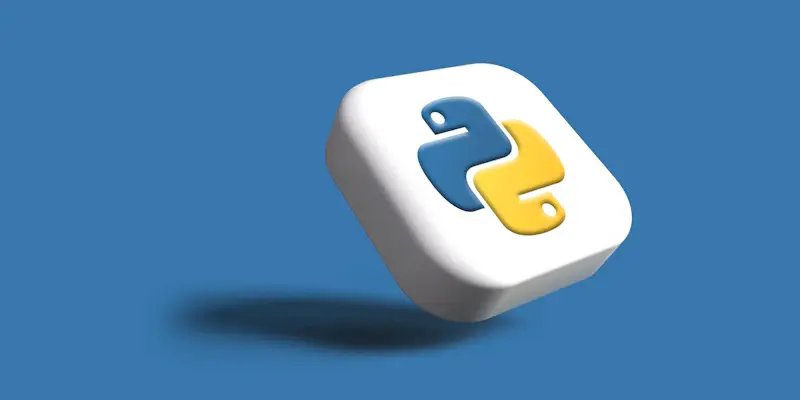Python has achieved an unparalleled milestone, being named the Tiobe programming language of the year for 2024, cementing its position as a dominant force in the world of coding. This distinction comes as Python experienced a remarkable 9.3% surge in its ratings in the Tiobe index, firmly outpacing other prominent languages such as Java, JavaScript, and Go, which saw relatively smaller growth rates over the same period. The driving factors behind Python’s meteoric rise include its extensive versatility, ease of use, and its adoption as the go-to language in numerous fields ranging from web development to artificial intelligence. However, despite its broad appeal and widespread usage, Python still faces challenges, notably around performance and runtime errors. These issues present opportunities for other languages to compete and possibly dethrone Python in the future.
Factors Behind Python’s Popularity
The Tiobe index, which evaluates programming languages based on several criteria including the number of skilled engineers, educational courses, and third-party vendors, has consistently shown Python’s rising trend. In 2024, this trend culminated in Python’s popularity surpassing others, while traditional languages like C noted a significant decline. This decline is attributed to the shift towards C++ in embedded systems, which reflects a broader industry trend of prioritizing efficiency and modern programming practices. Additionally, the withdrawal of PHP from the top 10 list, replaced by the increasingly popular language Go, underscores the dynamic nature of the programming landscape.
But what exactly contributes to Python’s immense popularity? According to Tiobe’s CEO, Paul Jansen, Python’s use as the default language in many disciplines is a primary factor. Its simplicity and readability make it an excellent starting point for beginners, while its powerful libraries and frameworks make it the preferred choice for seasoned professionals. Python excels in various domains including machine learning, data analysis, and web development, largely due to the support from its vast ecosystem. The wealth of resources available for learning and the strong community support make it an invaluable tool for developers at all levels of expertise.
Competitive Landscape and Emerging Trends
While Python continues to dominate, the competitive landscape remains vibrant with other languages making notable advancements. One such language is Rust, which is steadily climbing up the rankings due to its superior performance and memory safety features. However, Rust’s steeper learning curve remains a barrier to widespread adoption, preventing it from yet achieving mass appeal. Another language, Kotlin, had a less favorable year, failing to break into the top 20 and continuing its decline, showcasing that not all languages are experiencing the same upward trajectory.
In contrast, languages such as Zig and Mojo have seen significant jumps in their rankings, with Mojo showing promise to break into the top 20 by 2025. This emergence of new contenders highlights the ever-evolving nature of programming language preferences, driven by the industry’s need for more efficient and powerful coding tools. Despite the potential threats from these emerging languages, Python manages to maintain its leading position, thanks in part to continuous improvements and updates that address its shortcomings.
Future Prospects and Conclusion
The Tiobe index for January 2025 has reaffirmed Python’s top position with an impressive 23.28% rating, followed by C++, Java, C, C#, JavaScript, Go, SQL, Visual Basic, and Fortran. An alternative metric, the Pypl Popularity of Programming Language index, which measures the frequency of tutorial searches on Google, also places Python at the forefront with a commanding 29.8% share, followed by Java, JavaScript, and C/C++. These metrics collectively underpin Python’s widespread adoption and indomitable presence across various sectors of programming.
In conclusion, while Python maintained its unrivaled popularity and growing influence in numerous programming fields, some challenges such as performance issues persisted. The Tiobe index results pointed to a dynamic landscape with significant movements, like C++ overtaking C and languages like Go and Rust gaining traction. Emerging trends indicated rapid changes in programming language preferences, with Python well-positioned to retain its leading role despite new challengers. The landscape was ever-evolving, reminding developers and programmers to stay abreast of the latest trends, continuously updating their skills to keep pace with the swiftly shifting industry standards.

